Polyommatus (Polyommatus) icarus
(Rottemburg, 1775)
-
 Subfamily: Polyommatinae - Polyommatini
Subfamily: Polyommatinae - Polyommatini -
 Wingspan: 23-26 mm
Wingspan: 23-26 mm -
 Flight period: May - Sep
Flight period: May - Sep -
 Spread: Common
Spread: Common -
 Host plants: Papilionacee (Medicago, Genista,ecc.)
Host plants: Papilionacee (Medicago, Genista,ecc.)
Information
The Polyommatus icarus (wingspan 26-36 mm), also calling Common Blue, is still one of the most common butterflies among the Polyommatinae
although many colonies in marginal habitats such as woodlands and farmland are diminished or lost.
This species is found throughout Europe from northern Scandinavia to the smaller Mediterranean islands.
Outside of Europe, its range extends from the Middle East through temperate Asia to north China, it is also found in North Africa*** and the Canary Islands.*
In Italy it is widespread everywhere except Sicily and Sardinia where it is replaced by the species Polyommatus celina . *
The species still occurs in moderate numbers in calcareous prairies, but even in these habitats many colonies today comprise only a few dozen individuals.
The males are very consistent in their appearance, the upper side of the wings are a bright blue-violet with white fringes.**
Females, on the other hand, vary considerably, even if submarginal lunulae are always present in the rear wing, they tend to be brown in color
with dusting of blue in the basal region (near the body) but in some specimens these shades are almost absent
and make them look like Plebejus (Aricia) agestis. Other specimens instead are heavily dusted with blue (f.caerulescens) .
The lower pages of the wings of both sexes of the Polyommatus icarus are marked by numerous black spots surrounded by white rings;
there are orange crescents in the submarginal area.
There are aberrant forms in which the black points are stretched in a series of short bars or in which the points are reduced in size,
or are completely absent. In all forms the male has a gray background color with bluish tinges around the base of the wings.
The females, on the other hand, have greenish scales at the wing bases, and a light brown background color.
It is more abundant in calcareous meadows or chalky areas, but occurs even if in smaller numbers in clearings, meadows, moors, sand dunes and embankments.
However Polyommatus icarus is found in almost all the habitats mentioned above from the basal to the mountain level up to 2700 m ,
and in numerous other habitats including arid scrub, pine clearings, and freshwater swamp.
Bi or trivoltine generally, the first brood emerges in May and flies until mid-June. The second brood emerges in late July or early August
and remains visible until mid-September and sometimes until the beginning of October.
There may be a third partial brood on some particularly hot sites.
In conditions of low insolation the males are used to bask in the low grasses, with the wings kept ajar.
In overcast, but hot conditions, they can bask with fully spread wings. When the weather is warm and sunny they actively fly from flower to flower,
sucking nectar on clover, buttercup, daisy, alfalfa, hoary plantain, veronica, forget-me-not.
When the two sexes meet, mating takes place
immediately without any form of courtship ritual. Both sexes alight on the top of the grass at night,
often in groups of a maximum of 4 or 5 specimens. Sleeping on top of herbs is an effective survival strategy,
as it keeps them out of the reach of mice and other nocturnal predators.
The eggs have a circular shape, and are flattened white in color, ** are usually placed on the upper surface of the leaves
terminals of gorse and Lotus corniculatus, lupulin (Medicago lupulina) and other leguminous herbs are also used.
The larvae appear green with a darker midline dorsal line and flanks crossed at the level of the stigmas by a whitish band, and feed during the day.
It winters in the larva stage.
Like most of the species Lycaenidae they are often frequented and protected by ants, thanks to the sugary secretions emitted.
The relationship is not symbiotic as the captive larvae prevented from contact with the ants have survived
equally well and have generated healthy adults.
The chrysalis is light green. The larval skin remains attached to the tip of the abdomen.**
Ants are attracted to the newly formed pupae (probably due to pheromones) and cover them
quickly with soil particles and leaf litter. The pupal stage lasts for about 2 weeks.
The larvae look for various Papilionaceae gen. Medicago, Genista, Trifolium, Lathyrus, Ononis, Lotus, etc.
* Lepidoptera mundi https://lepidoptera.eu/ - https://fauna-eu.org/
** Bestimmungshilfe für die in Europa nachgewiesenen Schmetterlingsarten - http://lepiforum.de/
*** Lepidoptera and their ecology - http://www.pyrgus.de/
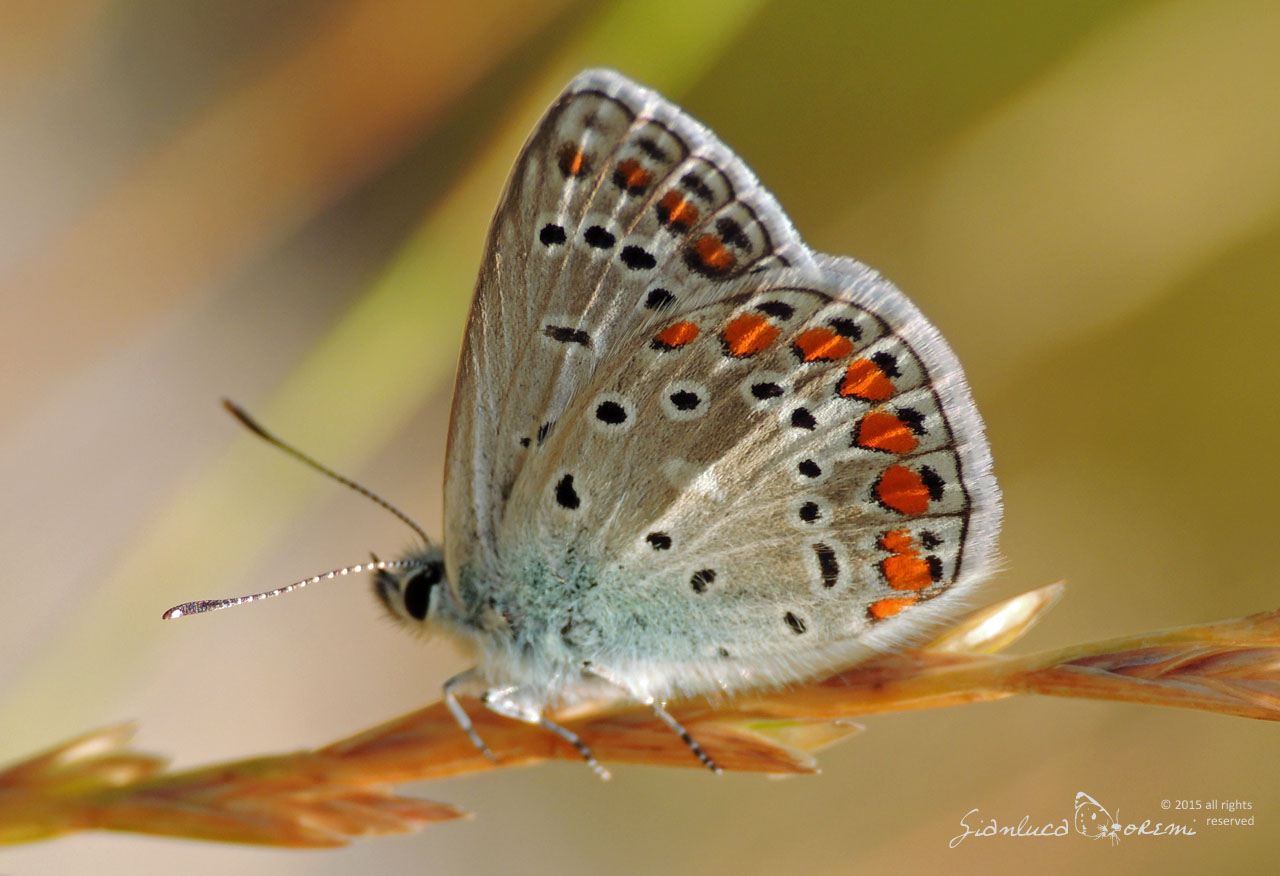
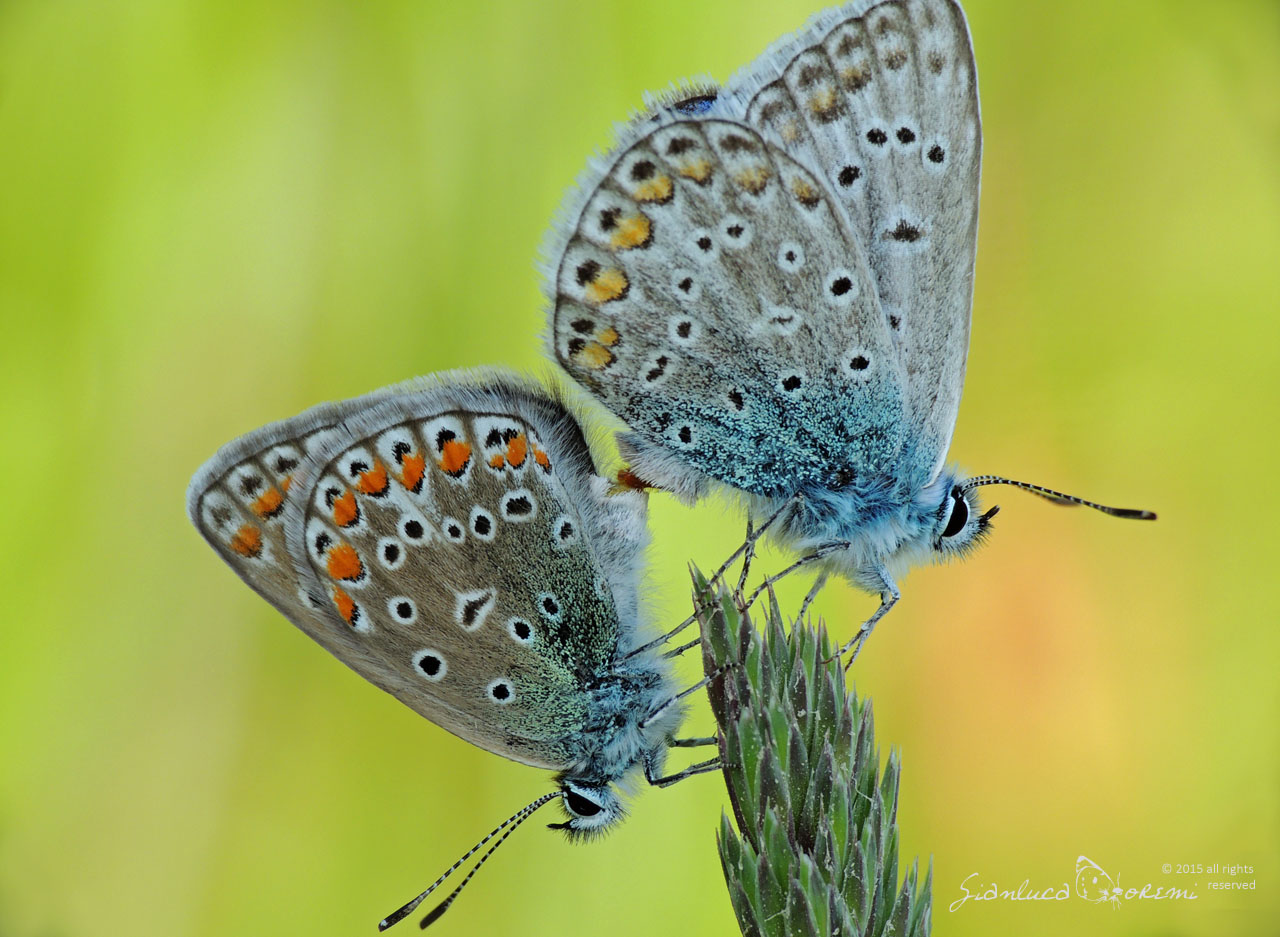



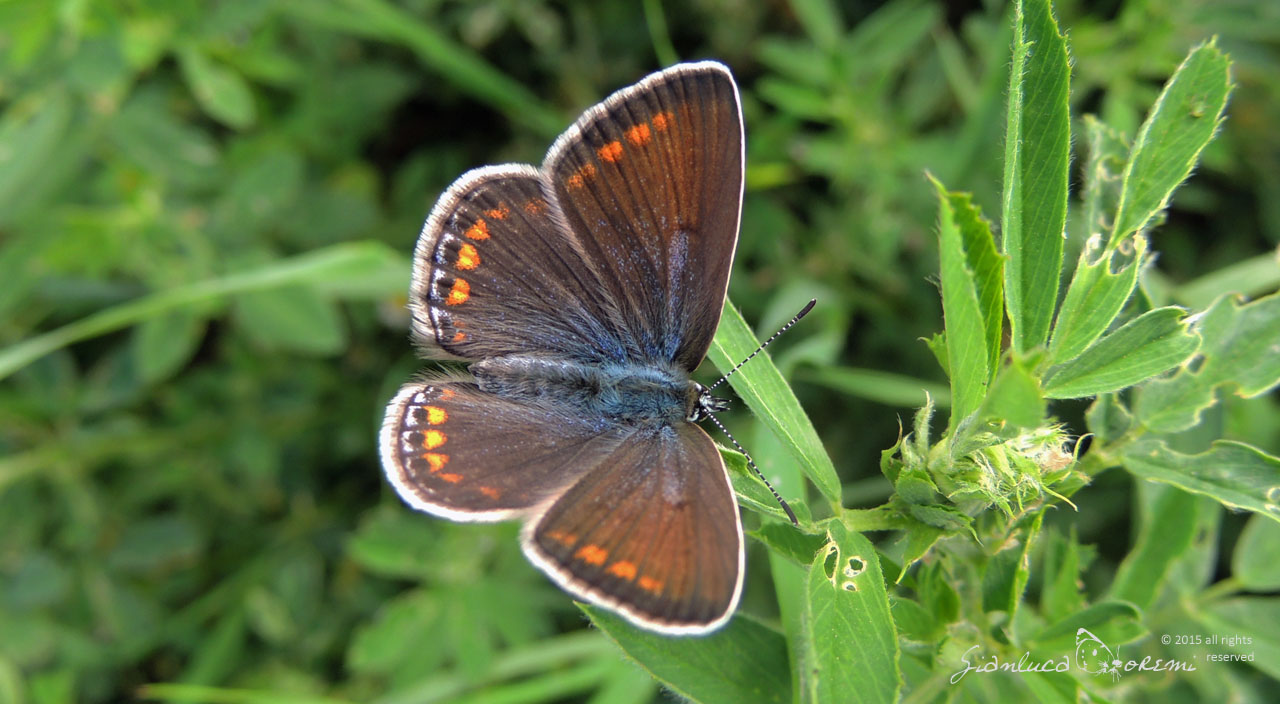
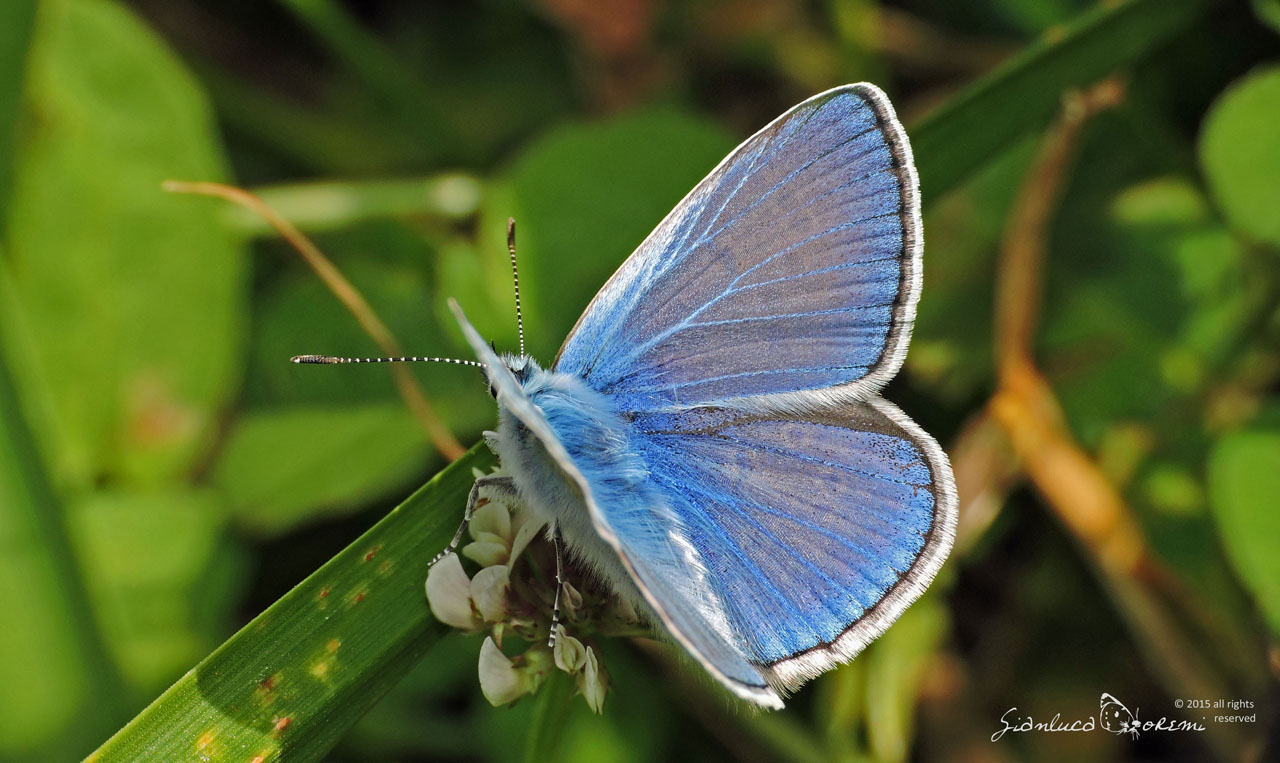
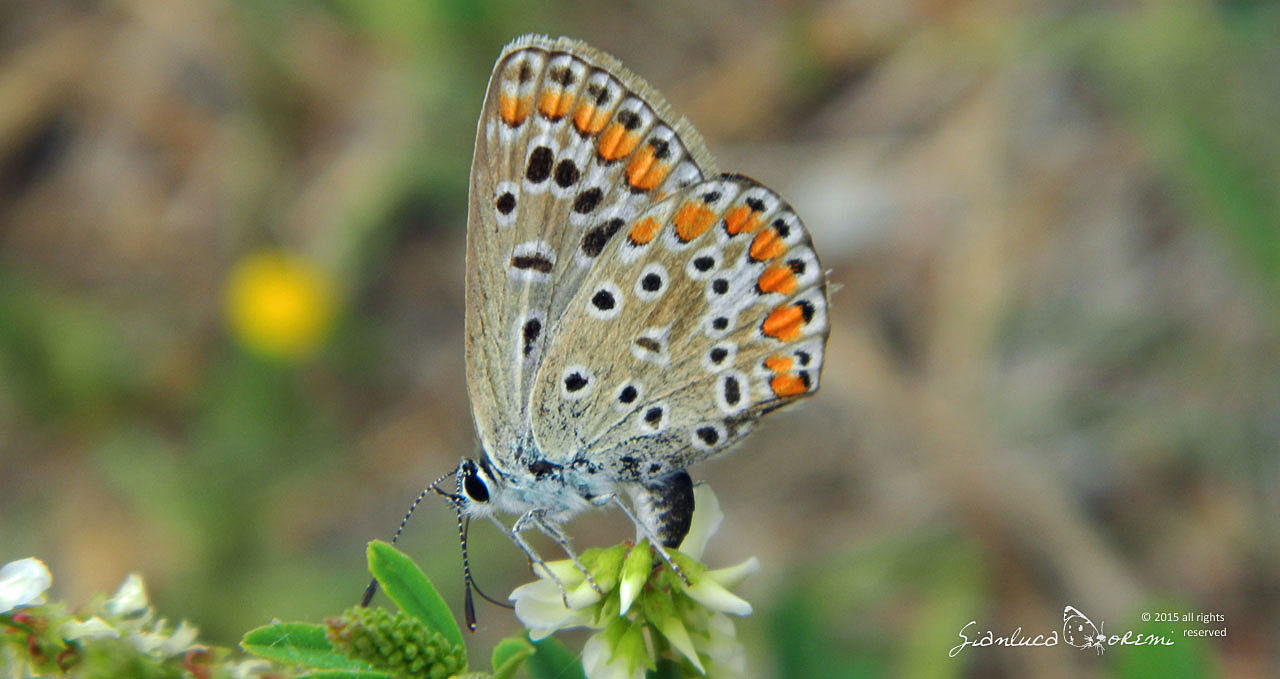
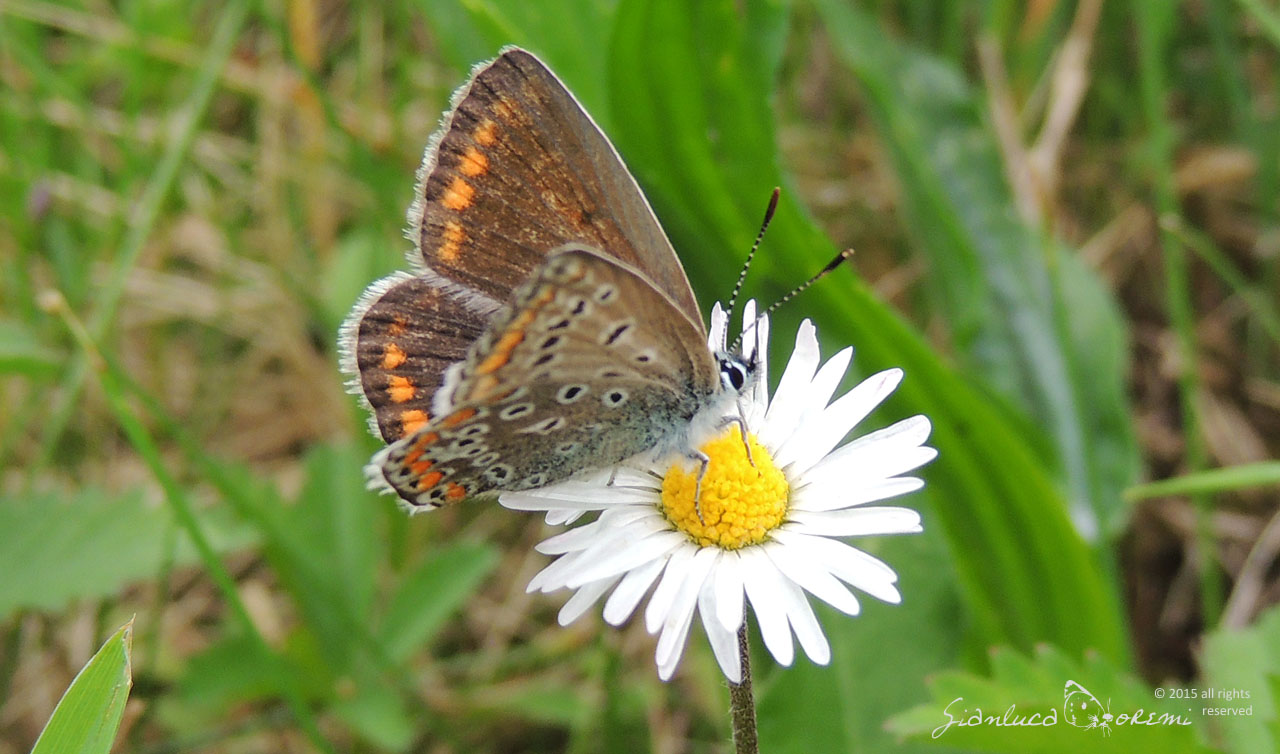
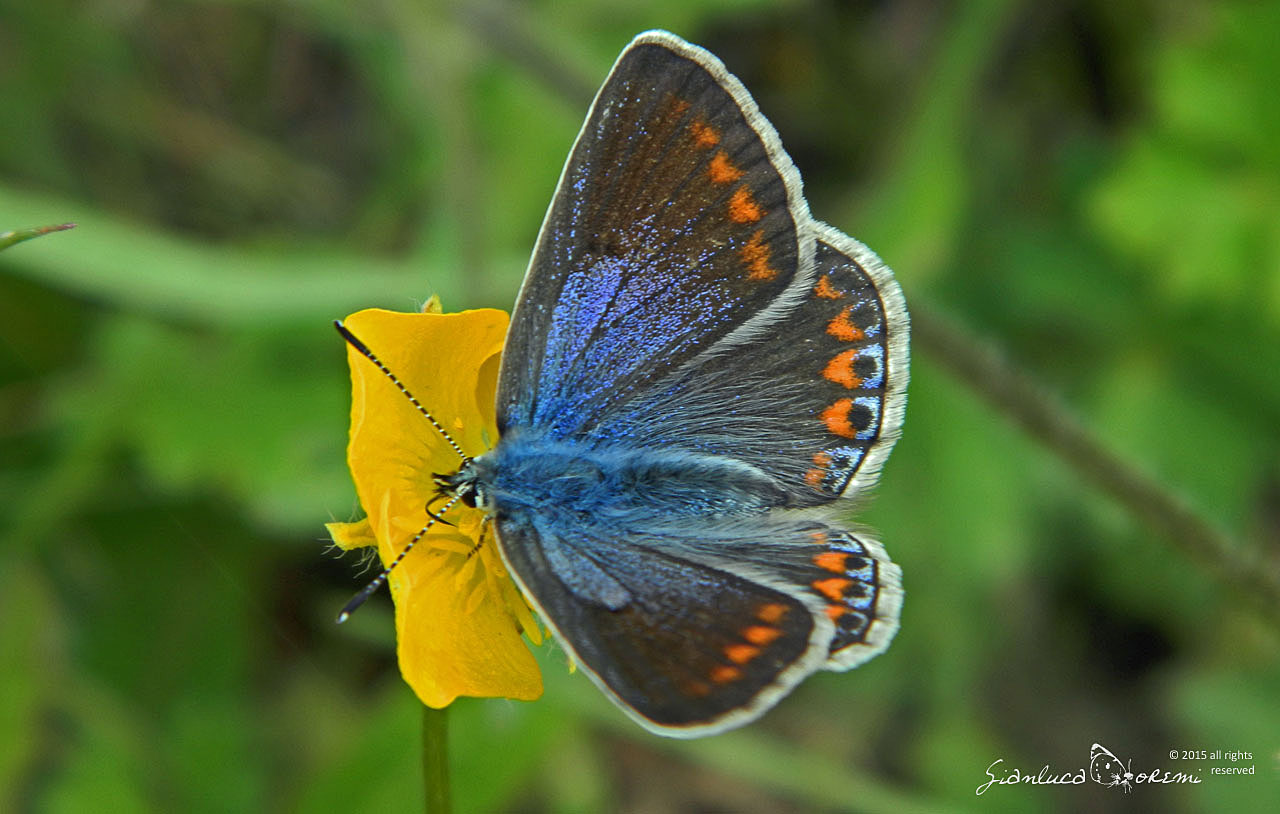
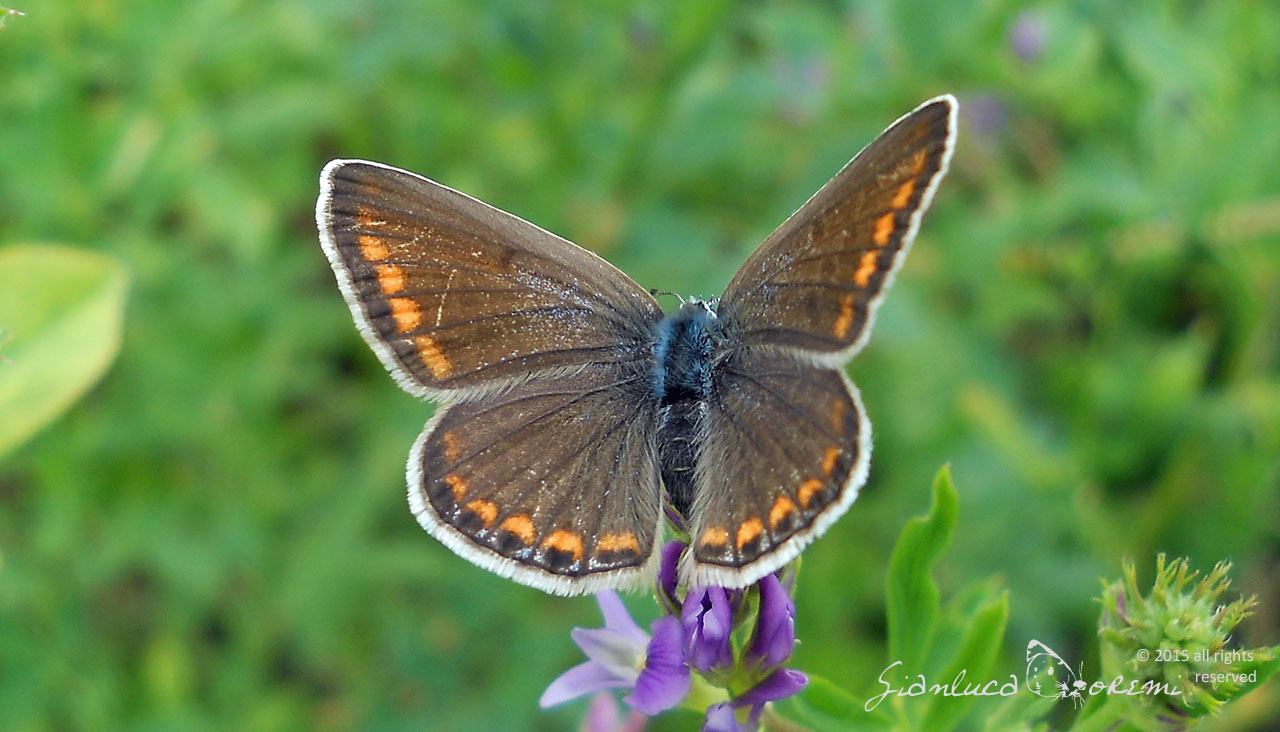
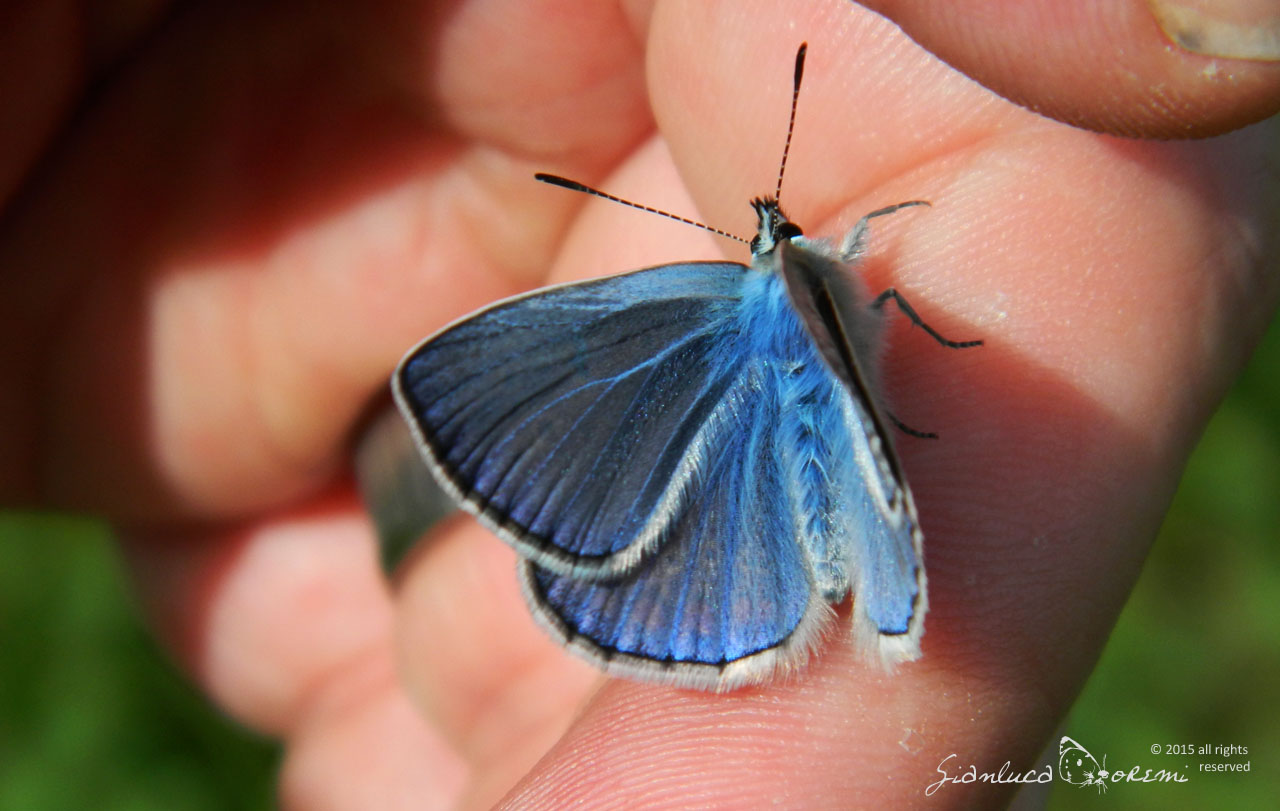


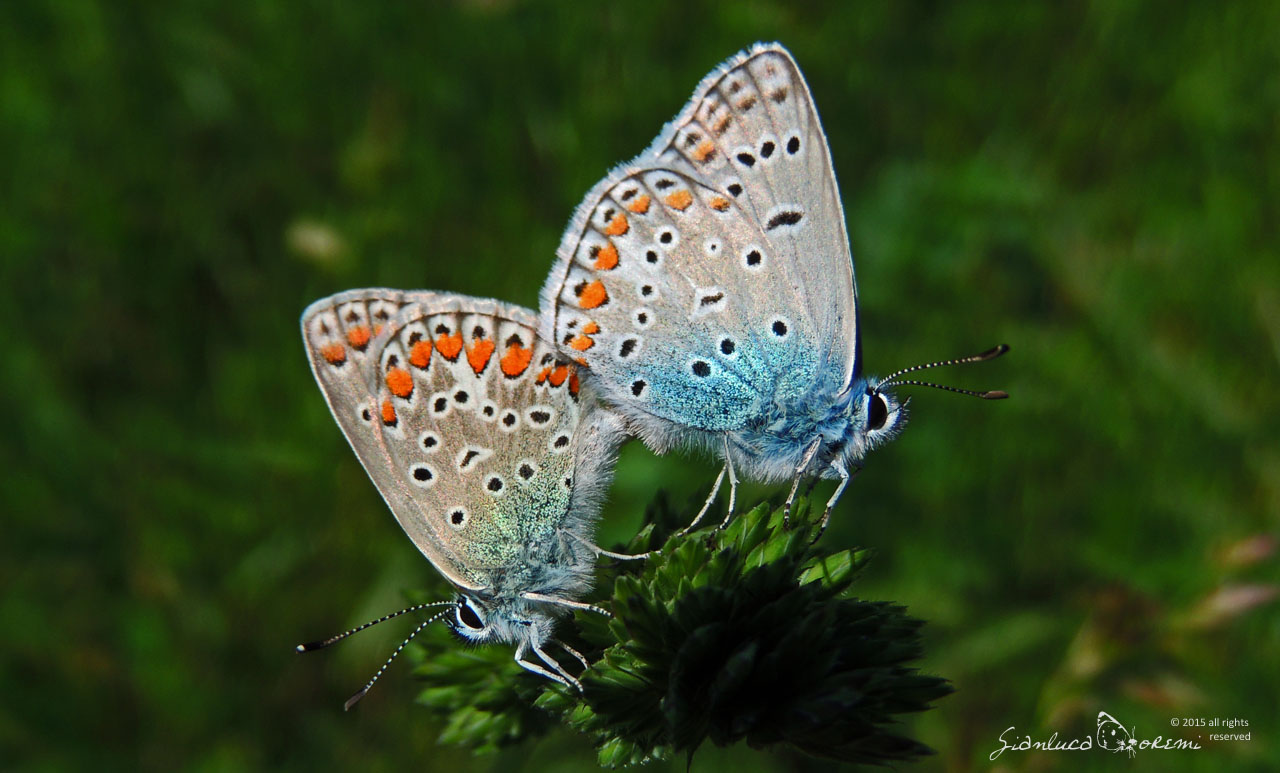
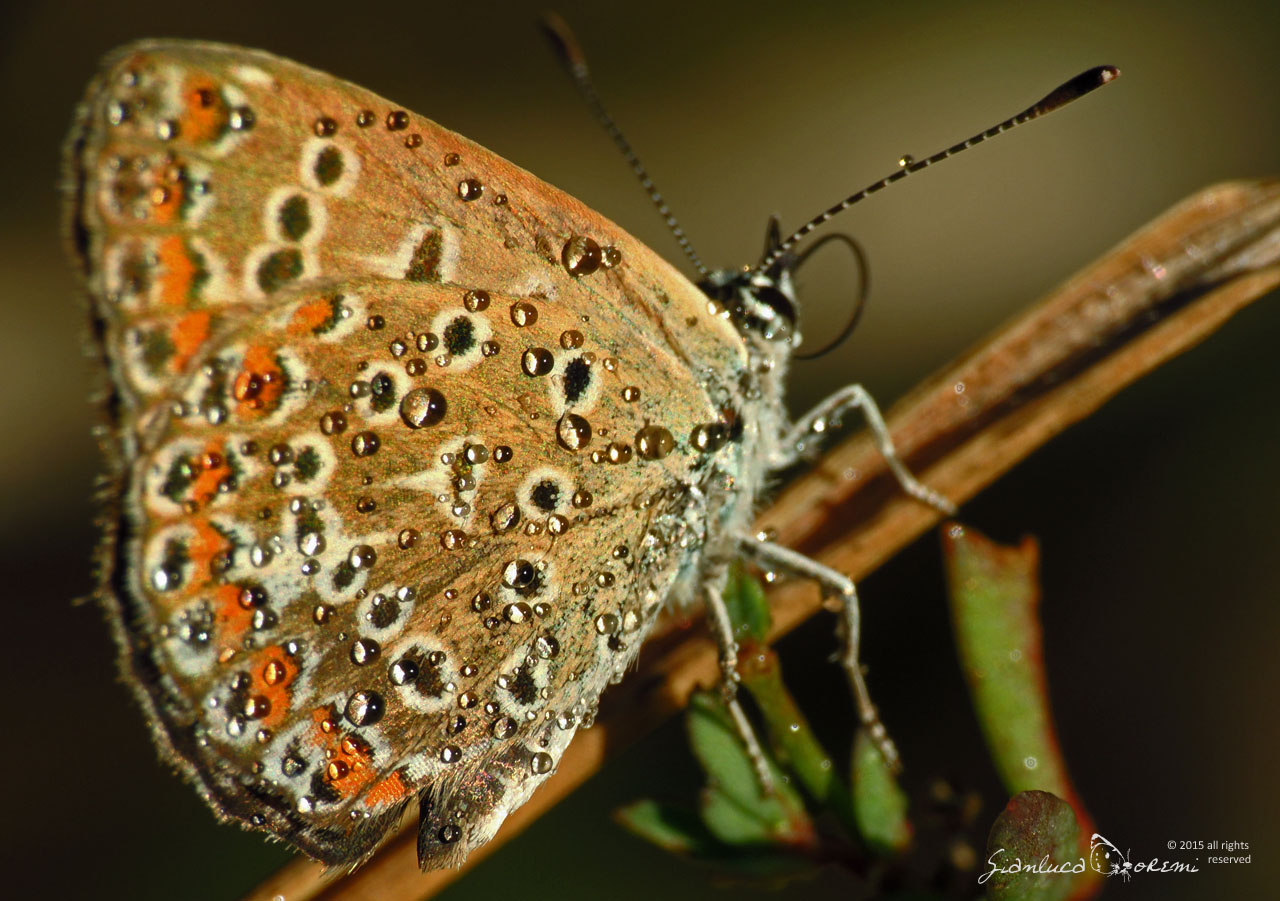

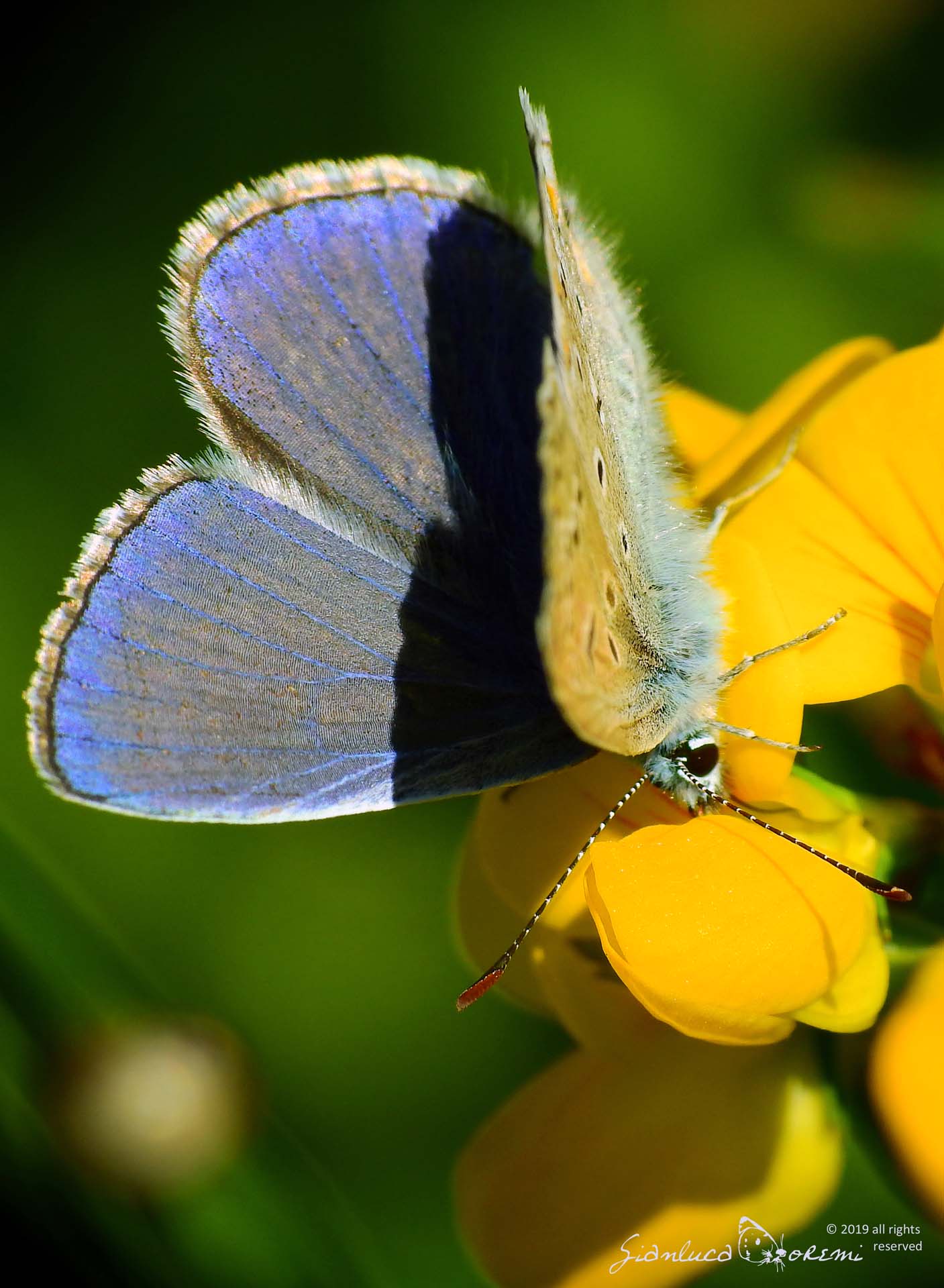

 EN
EN ITA
ITA
Social and publications